It’s no secret that rising costs are more than just a social media talking point — it’s real-life national news. Inflation is exceeding 1982 levels, with no real signal that we’re all collectively over the hump. Going to the grocery store can feel like setting money on fire for less and less in your little cart. With so many people already suffering at the pump, it makes sense to try to do what we can to save money at the grocery store.
Understanding food expiration dates and how to prevent food waste doesn’t just make financial sense; it’s the best way to help out the environment. Food going into landfills still takes up space, and with 35.3% of families under the federal poverty line facing food insecurity, seeing food go to waste just doesn’t make sense.
Yet food expiration dates don’t necessarily make sense either. It isn’t like a jar of peanut butter magically knows to go bad at the time stamped along the top. The milk, while less shelf-stable, doesn’t hold any pre-programmed knowledge of when to go bad. So how do food expiration dates actually work, and how do we really know if food is still safe to eat? And remember, there are foods that almost never go bad, too. Here’s what we know about food expiration dates.
Don’t forget to start your money and time savings by downloading the KCL app to find out where you can get great items on sale daily. Your budget will like this content too:
Food coupons
Storage deals
When Did Food Expiration Dates Start?
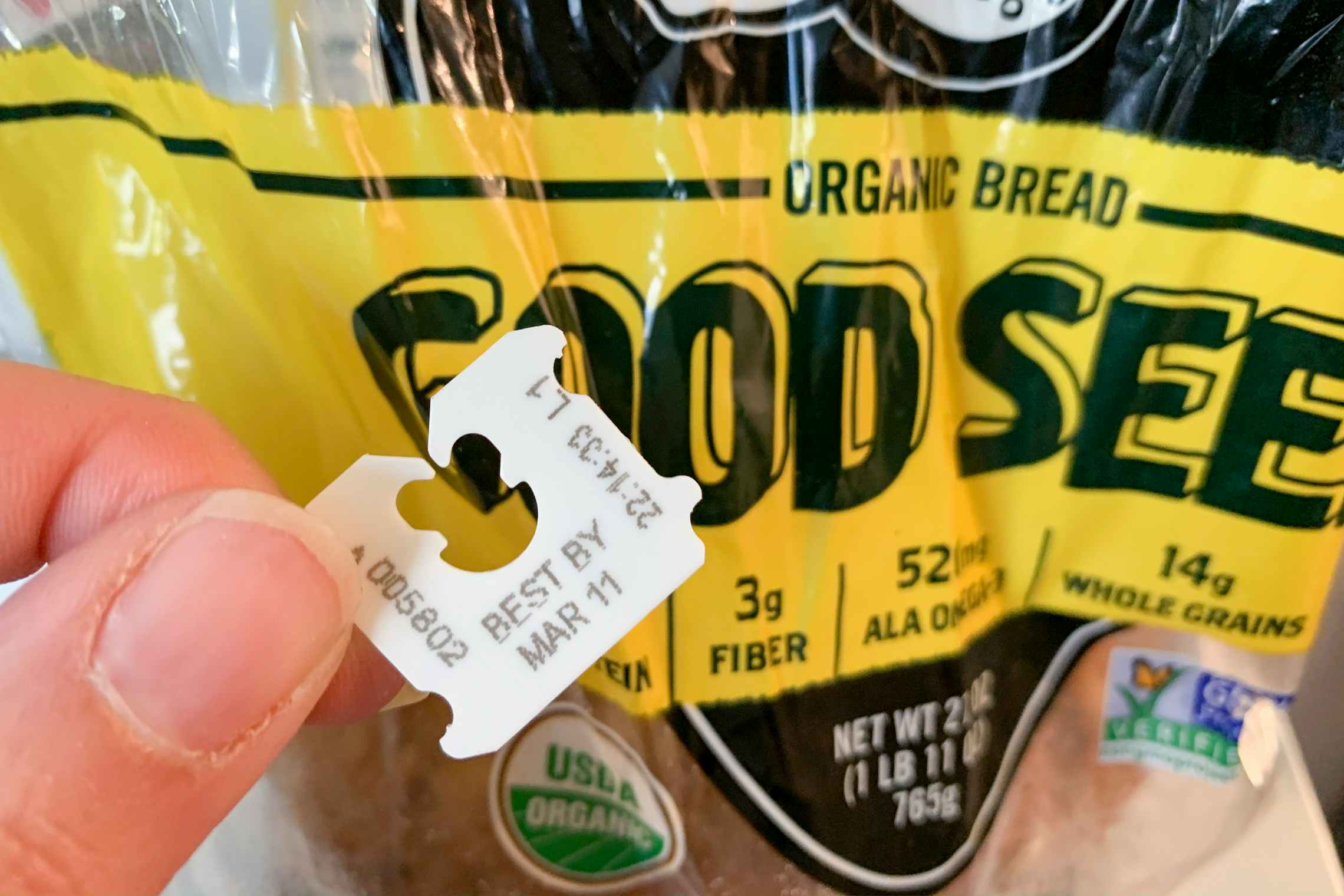
Annelise Woodward
While it feels like food expiration dates have been around forever, the truth is that they’re a modern development. The postwar boom gave consumers extra money to spend, as well as comfort: they didn’t have to grow their own food or worry directly about crop yields.
However, not worrying about growing their food didn’t exclude consumers from being concerned about food safety. The concern built up in the ’60s and led to food expiration date labeling in the 1970s.
There is a bit of fun with milk labeling. The first push for milk labeling came from a very colorful consumer: the infamous Al Capone. The famous gangster allegedly had a family member get sick from bad milk, which led him to purchase a dairy producer and push for labels on milk. Is it fully true? Well, the jury is out on that. But it is a fun urban legend that has a bit of weight to it.
Are There Authoritative Answers to Food Safety?

Courtesy of the U.S. Department of Agriculture
The USDA runs the Food and Nutrition Service, which has a great resource called Ask USDA. While the service isn’t going to win the award for Most Creative Title, it does exactly what you expect: you type in a question and get access to information already published on the topic. If it’s on the USDA website, it’s gone through a formal review.
You can also call and talk to a representative or send an email with your question.
Food product dating, contrary to popular belief, isn’t based on federal regulations. The only exception is baby formula.
A Look at Food Expiration Dates: Guidelines and Charts

Angela Henson Dome
FoodSafety.gov is a government-run website that captures the current best practices in food safety across state agencies. They include several charts on the website, including proper cold food storage.
Canned Food Expiration Date Charts
What about canned food? How do we handle canned food with expiration dates? Well, the USDA is clear on canned food as well: shelf-stable foods are safe indefinitely. However, it can become stale or develop flavors that are unpleasant.
If a can is swollen, dented, or bulging, it’s a sign that the can has been compromised and should be discarded immediately.
How accurate are expiration dates on food?
Given that there are no direct regulations on food expiration dates, this means that food expiration dates aren’t necessarily accurate. They’re essentially the manufacturer’s best guess on how long the quality of that food will be before it goes bad.
How to Read Food Expiration Dates
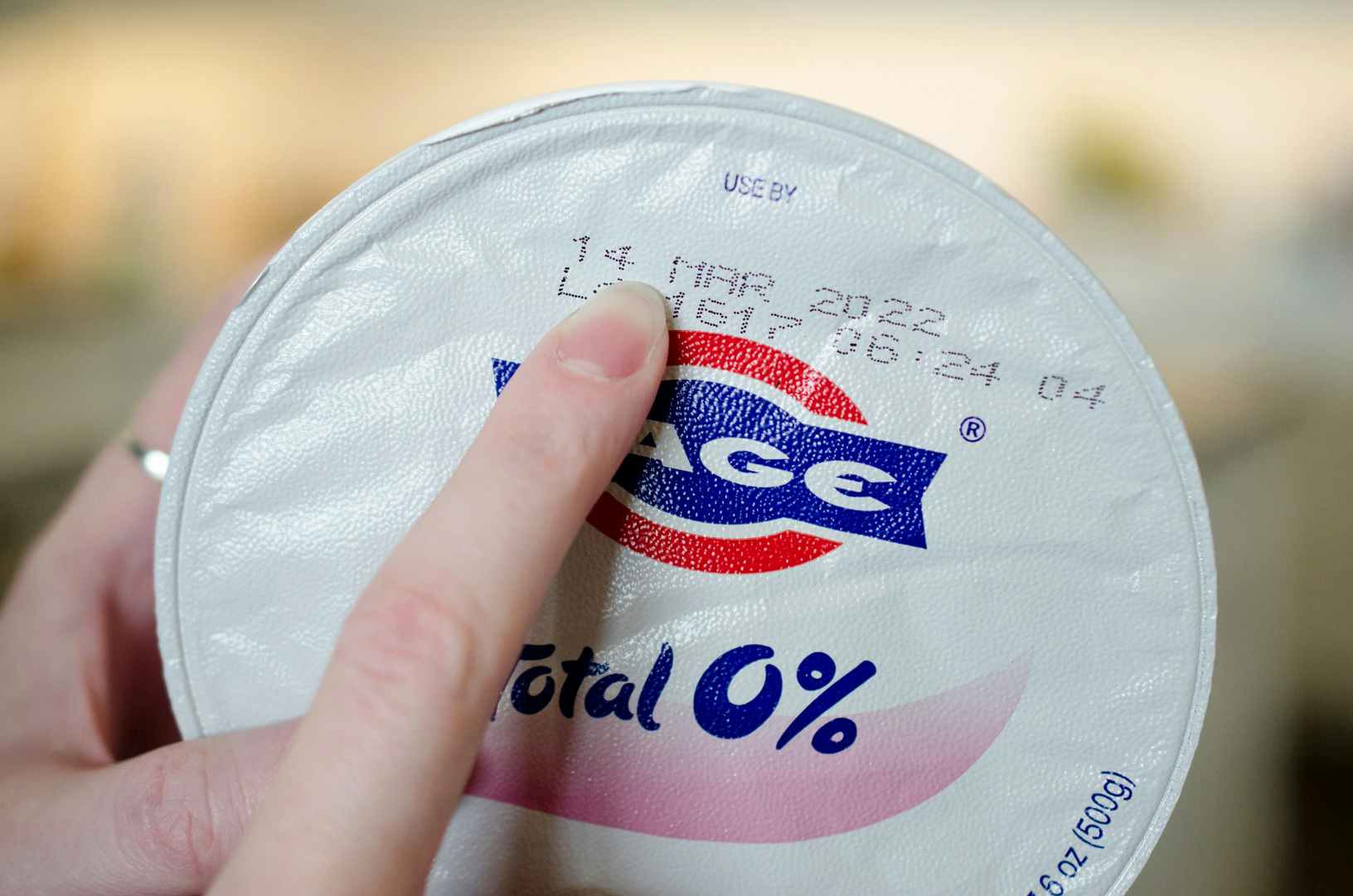
Annelise Woodward
When you pick up food to look at the expiration date, you’ll run into two basic types of expiration date codes: open dating, and use-by or sell-by. Open dating sounds just as you would expect: this is a date the manufacturing company estimates as the time when you’ll need to double-check if the product is still as high-quality as it was when you purchased it.
You’ll also see a use-by or sell-by date. This one isn’t just for consumers; grocery stores rely on these codes to begin pulling products off shelves.
We reached out to a few research facilities to discuss food safety, public health, and expiration dates. Deb Schmidt is a Master Food Preserver with Oregon State University’s Extension Service at Lane County. We discussed expiration dates on food, and Schmidt commented on the importance of understanding that quality is the primary driver behind food expiration dates. “Know what date you’re looking at. Is it a manufacturer’s creation date, a sell-by date, or a best-by date? All of these are about the quality of the food more than safety.”
When asked what shoppers can do to combat food waste, Schmidt had a clever suggestion: remember the old food in the fridge first. “Put the new food from the grocery store in the back of the fridge and the older food up front. Use the old food up first, and then cycle back to the newer stuff.”
What Can Farmers Teach Us About Food Expiration?
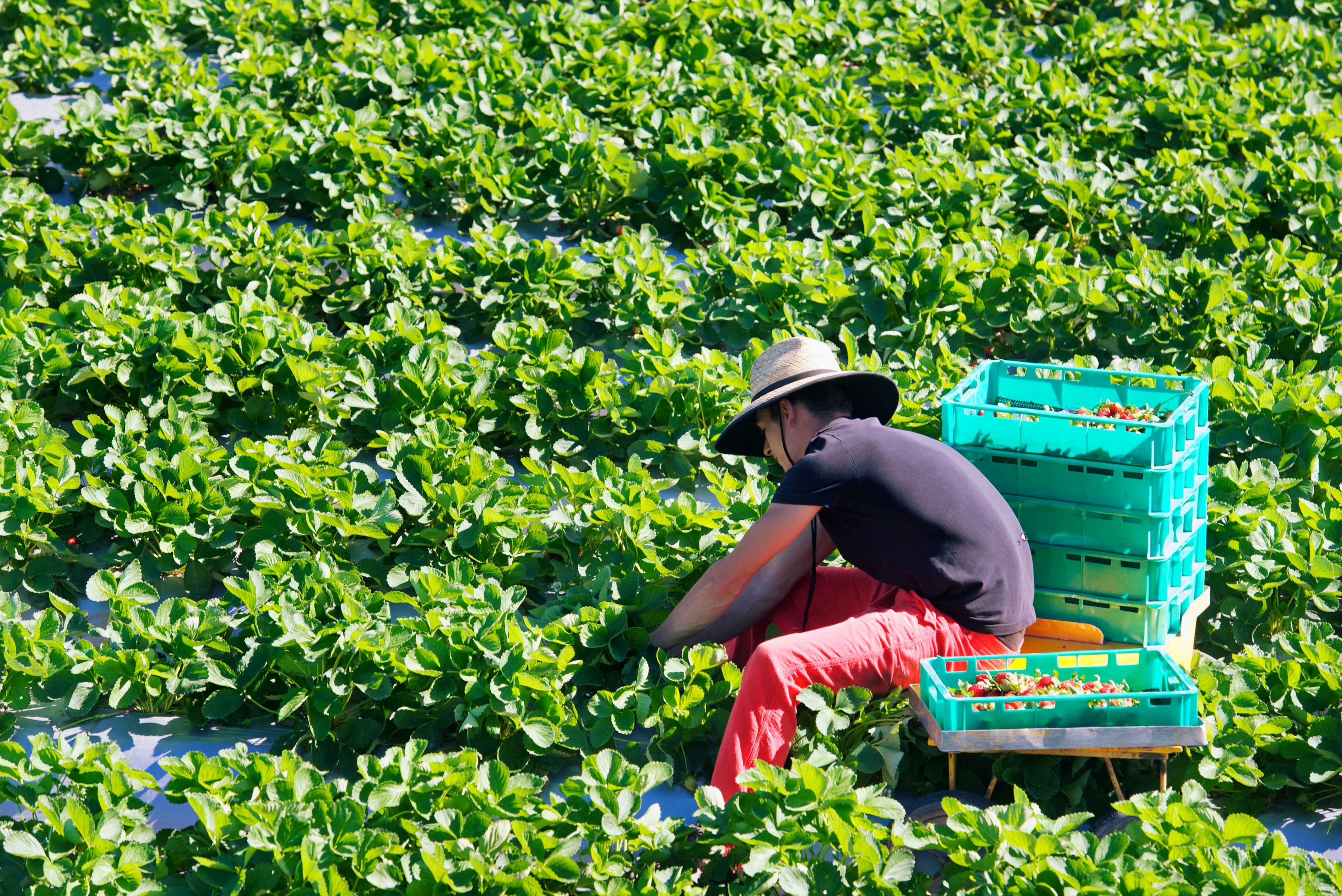
Rozenn Leard | Dreamstime
With so much conversation around food expiration, food safety, and food quality, it can be difficult to know what’s good, what’s not good, what’s questionable, and what needs to go right into the trash can.
And since there are so many guides on food expiration dates already, it was time to seek out a different source, one a bit closer to the food chain that we all depend upon every single day: a farmer. Indeed, growing food and preparing it to sell gives a different perspective.
“Consumers are scared, but they don’t have to be. It’s a great time to go back to basics and get better at storing food, and using it up,” says Sally Colby Scholle, who runs CreekSide Sheep and Wool in Littlestown, Pennsylvania. Food safety and best food storage practices are two issues near and dear to her heart. It’s defined most of her life: Scholle currently sits as a policy director appointed to the American Lamb Board by the US Secretary of Agriculture and holds a B.S. in Animal Science. Growing food and managing livestock have formed the fabric of her life for over 25 years.
“Consumers have been told about the dangers of botulism from eating something bad, but there’s more to it than that,” she says. “Give your food a good sniff and look at it carefully. Is there mold? Does it smell like something you even want to eat? I’d rather toss something that smells bad than make myself or my family sick. Odor is a strong indicator that the spoilage process has already started.”
Food Safety Guidelines — What If There’s No Expiration Date?
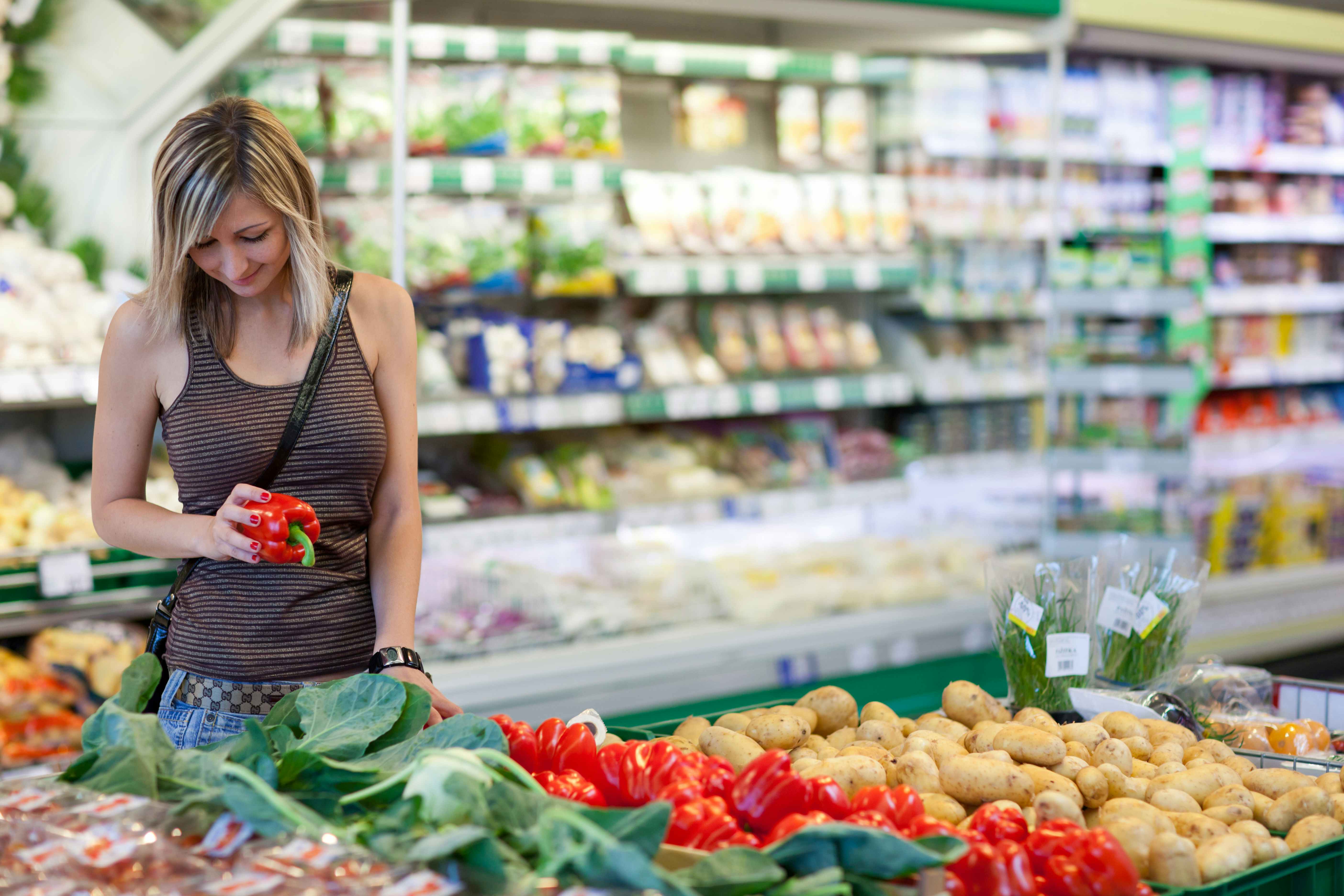
Lightpoet | Dreamstime
Scholle thinks that part of storing food properly is looking at how it’s handled at the store. This is important for things without expiration dates, such as onions, strawberries, oranges, tomatoes, potatoes, and greens.
“People who pick produce have strict rules that govern field sanitization, including their own personal hygiene,” she explains. “So when we hear about an e. coli outbreak, that’s because there’s been a contamination event. There’s a lot of rules that people just don’t know about.”
When asked to explain, Scholle pointed out a few things of interest:
- Fruits should be examined visually. Apples tend to last longer than pears, and peaches need to be eaten when they’re ripe because they go bad quickly.
- Washing fruits and vegetables is fine, but keep it simple. Rinse with cold water and dry with a clean towel. One towel for fruits and another for vegetables is best.
- While the USDA does not have one set of expiration dates at the federal level, they do reference recalls and outbreaks over at FoodSafety.gov.
Preserving Food Safely

Annelise Woodward
When asked about recent food trends, such as the revival of home canning, Scholle had good advice for consumers. “Following the time-tested research of water and pressure canning is very important. But you also have to ask yourself this: it takes 90 minutes to pressure can meatloaf. Running the stove all day to can up several pounds of meat isn’t a money saver.”
For those that have never done a deep dive into the big world of canning food, there’s a lot more to do than meets the eye. Take pressure canning for example. Pressure canning involves having equipment designed directly to make food safe to store for long periods of time. The canner uses pressure to create temperatures greater than 240 degrees Fahrenheit to preserve low-acid foods.
The list of low-acid foods is quite long:
* Asparagus
* Beans
* Beef
* Beets
* Carrots
* Chicken
* Corn
* Peppers
* Pork
* Potatoes
* Pumpkin
* Seafood
* Shrimp
* Winter Squash
* Turkey
Is it the pressure that preserves the food? Not exactly. The power isn’t in the pressure but in the environment it creates: steam. 10 pounds of pressure at sea level is enough to produce temperatures of 240 degrees Fahrenheit. That’s enough heat to kill microorganisms that can spoil food and worse, make people sick.
Using a pressure canner safely requires ensuring that all canner parts are sanitized with hot, soapy water and dried with clean, lint-free towels. Many canners are around $100 and come with everything you need: the canning pot, the lid, pressure regulator, pressure gauge, and canning rack. You’ll also need a jar lifter or canning tongs.
So if you wanted to catch a great meat sale at the store and preserve the beef for later, here’s what you would have to do:
- Clean the canner, including all parts.
- Cut up beef into cubes, removing excess fat and bones.
- Precook the beef until rare.
- Start the canner up so that it be vented; this removes air that would otherwise get trapped inside the canner and lower the pressure and temperature (unsafe).
- Place the canning rack inside the canner with roughly 4 inches of hot water.
- Add 1 teaspoon of salt per quart to the jar.
- Fill each canning jar with cubed pieces of beef.
- Add boiling water to the jars almost all the way up to the top, with just an inch of headspace.
- Add lids and ring bands to all jars, then carefully move to pressure canner with the jar lifter.
- Put the canner lid on securely, but not too tight.
- Start the canner up and watch for either the weighted gauge to jiggle back and forth or rock every few minutes. Both are a sign that the unit is working properly to create the pressure needed to get up to 240 degrees Fahrenheit.
- Set a timer. For meat, the suggested canning time for quart jars is 90 minutes.
- After time is up, turn the heat off the stove and let the pressure canner cool down on its own. Don’t let the canner tip or rock; this can cause your jars not to seal properly.
- After the canner has cooled and depressurized, use the jar lifter to move all of the jars to a towel rack. Let the jars sit on the rack for 12 to 24 hours to completely cool and set.
- Remove ring bands after jars have cooled.
- Test seals and move unsealed jars to the fridge, label sealed jars, and place in a pantry or designed dry storage area away from direct light.
- Clean the canner, lid, and gasket, getting them ready for next use.
As you can see, the time spent canning is not without effort, which gives context to Scholle’s point that between the labor, electricity spent, and materials to preserve the food, canning is not always as cost-effective as it seems at first glance.

Oleg Dudko / Dreamstime
Curious about long-term food preservation?
But if you are looking for a way to prolong food life, Scholle suggests continuing to do your research. Cooperative extensions, run by state universities, have quality information on how to preserve food safely. The University of Missouri Cooperative Extension has an entire section devoted to just food preservation. Canning requires knowing not just the canning time, but the canning pressure.
If canning isn’t feasible, dehydrating is also a great option. According to the National Center for Home Food Preservation, dried veggies, fruits, and meat can be stored for up to a year.
New Initiatives in Food Storage and Food Expiration Dates
The Food Safety and Inspection Service partners with multiple agencies, universities, and even companies to keep the public as safe as possible. Foodkeeper is a site based on this collaboration, with quality food safety and storage advice.
What FoodKeeper Offers Shoppers

Wavebreakmedia Ltd | Dreamstime
FoodKeeper is a collaboration between the Food Safety and Inspection Service, FMI (Food Industry Association), and the FDA. Shoppers can access quality and tested information on proper food storage, with a focus on quality. Food expiration dates are only part of the puzzle; storing food properly is the key to making the most out of those expiration dates.
Consumers even have a FoodKeeper mobile app available to take this information on the go, making it easy to reference the information right in the supermarket. Making better purchases based on trustworthy information leads to less food waste, less spending, and less risk of foodborne illness.
Let’s say that you wanted to see best practices around storing butter.
You simply start at the top of the searchable food database, and then follow these steps:
- Select “Dairy Products & Eggs”
- Click on “Butter”
It returns best practices for storing butter, even if you want to store it at room temperature. It’s also kept in the fridge as well as in the freezer.
Shoppers deserve to know how flexible each item they buy really is in terms of food storage. It helps when planning meals and budgeting for ingredients to have an idea of how long to expect it to stay as high quality as possible.
Final Takeaways:
- Trust your nose. If it doesn’t smell right, it’s better to go ahead and throw it out. You’re smelling spoilage.
- Canned food will last for years beyond the expiration date. Just check for rust, dents, and swelling; those are signs that the seal on the can has been compromised, allowing for spoilage.
- Label leftovers and use them up quickly or transfer to the freezer. Frozen food can be stored nearly indefinitely as long as the freezer temperature is kept consistent.
- Cooked food can be stored longer than raw foods.












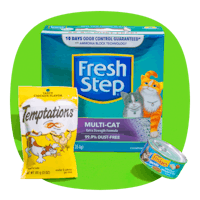

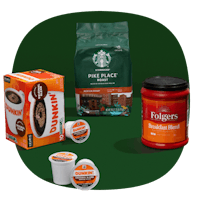

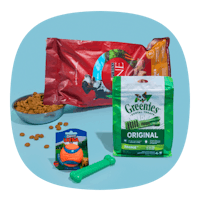



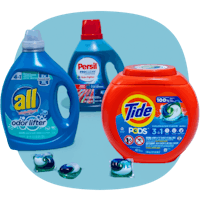











Tell us what you think